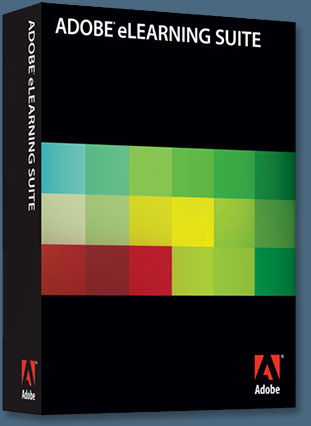

Is the content appearance dated? Does it look old?.
#ADOBE CAPTIVATE ELEARNING EXAMPLES UPDATE#
There are a few important factors to consider in this update process Let’s start looking at the problem with some critical initial considerations.Ĭritical considerations before you start spending time and money on conversion

It is often better to simply start afresh – and in the process you may well be able to produce a far superior product, in far less time. The half-life of many skills today is so short, that you must seriously consider whether or not the older training has much value at all. There are also some notable differences, including the pace at which training material decays. You could draw two conclusions from this parable 1.) That it is often better in the end to simply start over, or 2.) that there are sometimes core materials that can be preserved (the fabric pattern pieces) even if you are going to rip the material apart and start again.įor me, the process with recreating legacy eLearning content is similar. If this was the verdict, you would remove all of the sewn seams (your work) and start again. It was pretty common to hear rip and redo. Either you were told the next step, or you were told … rip and redo. The head seamstress would inspect each piece of construction before we moved on to the next piece. Long ago I did some work in a costume department of a stage theater company. One important anecdote rings in my mind as I consider this topic as a whole.


In this article, I’ll describe the relevant issues and concerns related to modernizing a library of legacy content, make suggestions about ways to determine your best path forward, and include some detailed technical recommendations – should you choose to update your legacy content. It is important to evaluate the impact of this event on your organization, well in advance of the deadline. For many, however, there are a significant number of eLearning courses, job aids and performance support materials that were developed and delivered to learners using earlier versions of Adobe Captivate, which published to the Flash SWF format. It is commonly regarded as the ‘end’ of Flash. In December of 2020, Adobe will cease support for Adobe Flash – SWF format content. From my DOS-past I have kept the routine to make the first 8 characters to be significant.Implementing a process to migrate legacy Flash eLearning courses to HTML5 Maybe I should offer some tips in a new blog? Just one: do not use very long names (QSP in the new version are a bad example, names are very long), because in some dropdown lists you’ll see only the first part. I have somewhere an old blog about naming. Whenever I coach a group training in a company, I suggest the trainees to collaborate in setting up a good naming convention to which everyone agrees. I have a personal naming convention, but this is my choice. However, except for some exceptional situations (like states) the global rule in Captivate is that each item needs to have a unique. Meanwhile this has changed, because you can use filtering (unknown by many developers). At that moment (CP4/5) it was meant to distinguish the user variables from the system variables, because the only way to find one in the dropdown list was using the first character. The convetion v_ originates in my early blog psots where I used this for variables. It sucks to sit scratching your head wondering what a particular variable does when troubleshooting. No right or wrong answer, really, but you should use something that makes sense to you as you work with them especially if you have to modify somewhere in the future. I will also sometimes use a “prefix” or “suffix’ like with varAnswer for a variable or unitsBtn for a button name and other times when I want to just keep things short I may go with something like a1, a2, a3, etc. If I have a button that closes my instruction panel, I might name it closeInstructions and that helps me as I talk through the logic of what I want to happen. I stay away from using any symbols or spaces in my naming.įor example, if I need a variable for tracking if all selections are correct, I might use checkCorrect as the variable name. Camel casing is when you capitalize the first letter of additional words as you will see in my examples. Personally, I tend to use names that accurately reflect what a variable or object is used for and where appropriate, use camel casing.


 0 kommentar(er)
0 kommentar(er)
